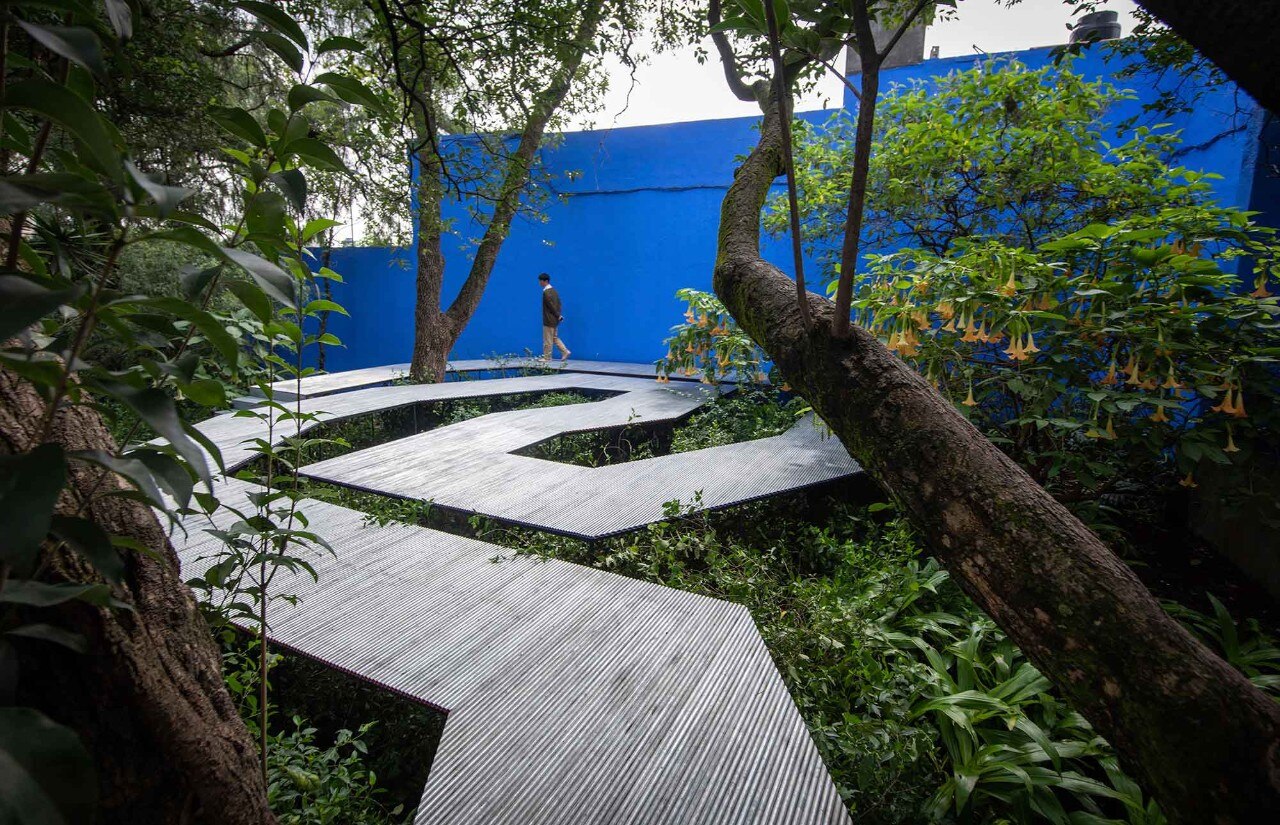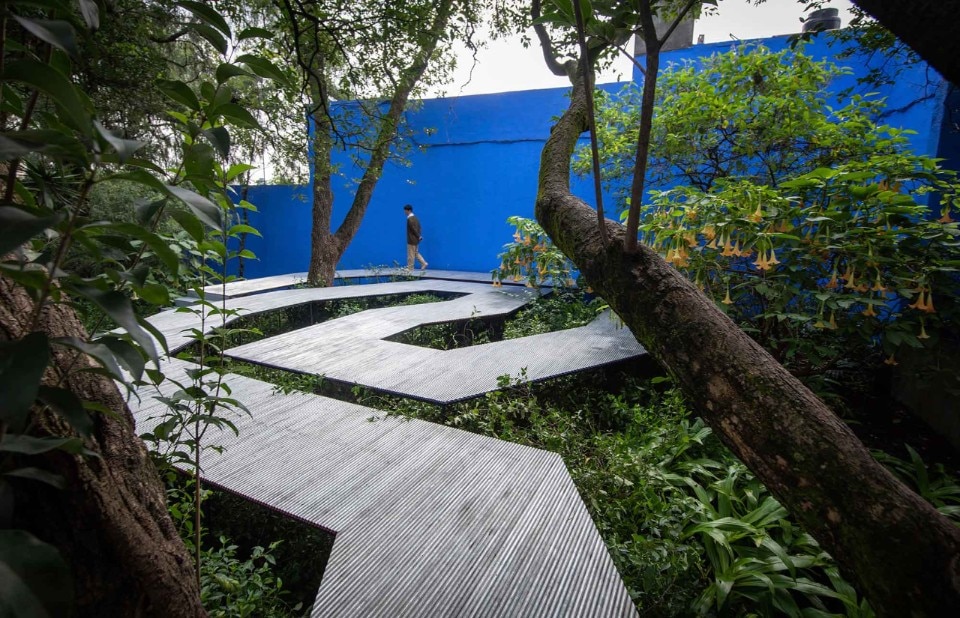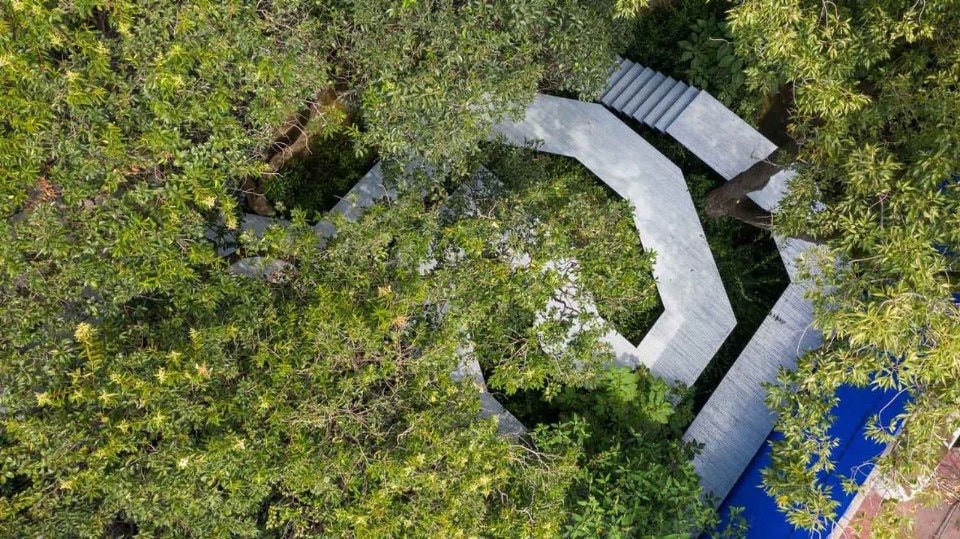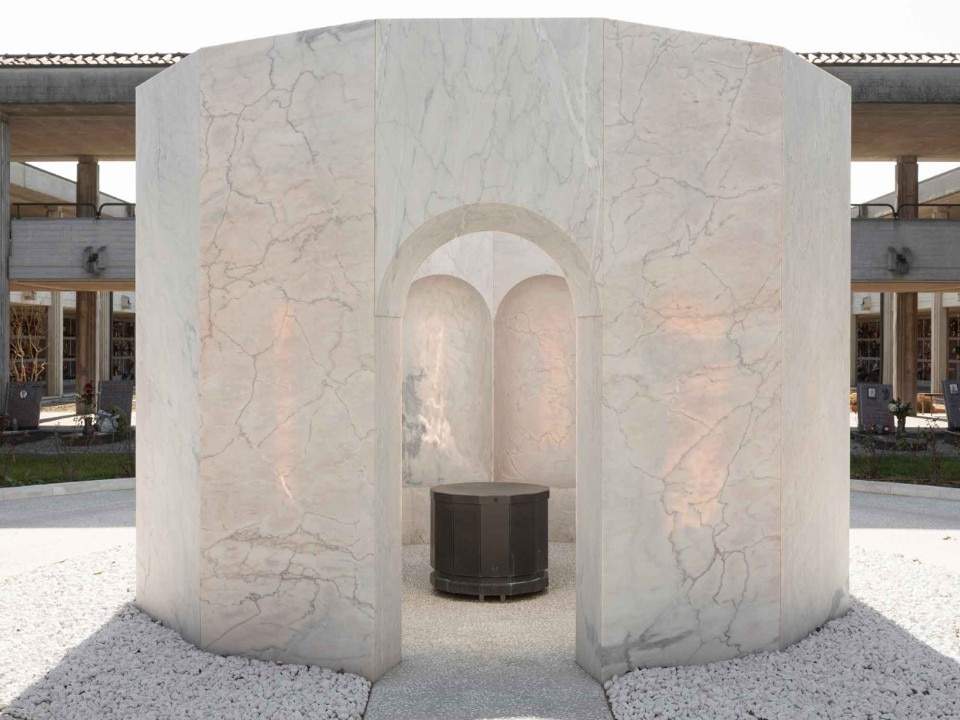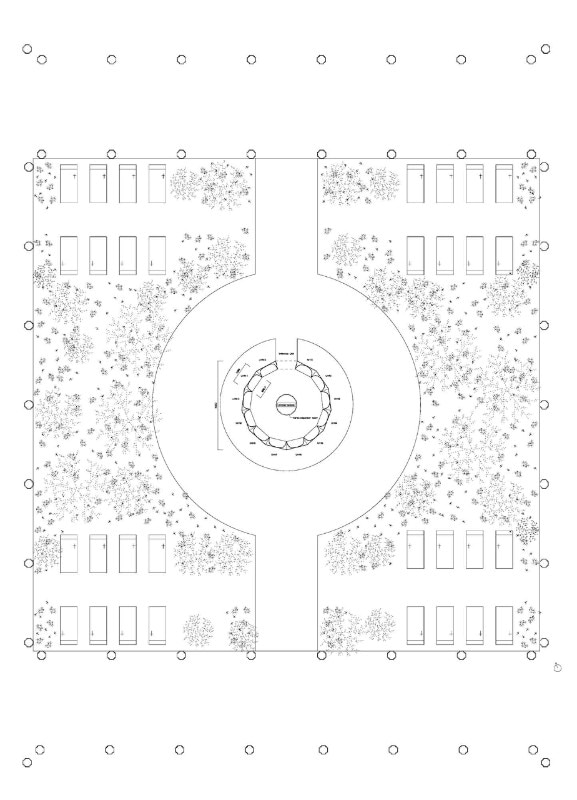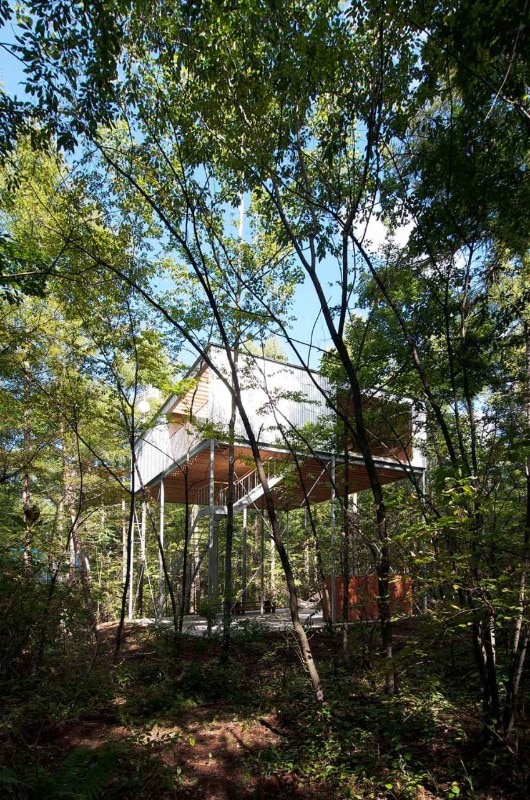Based in Tokyo, but international in scope, the Japanese office Go Hasegawa and Associates describes its work as “exploring new possibilities and relations between different realms by building new connections such as inside–outside, tradition–modernity, local–global and East–West”, all with an open attitude toward the design process. Go Hasegawa founded the office in 2005 after obtaining a degree in engineering at the Tokyo Institute of Technology in 2002 and training at Taira Nishizawa Architects.
Born in Saitama, Japan in 1977, Hasegawa has designed a long list of residential projects starting with “House in a Forest” (Nagano, 2006) built in close contact with nature, and conceived as a lodge in the woods. Then came the “Pilotis in a Forest” house (Gunma, 2010) elevated on skinny pillars, affording views through the crowns of the surrounding trees. “Yoshino Cedar House” (2016) was constructed in the small rural town of Yoshino in collaboration with Airbnb as a combination of guest house and community centre. Work located in Tokyo includes single-family homes with simple lines such as “House in Kyodo” (2011), and apartments in densely built contexts such as “Apartment in Okachimachi” (2014).
Non-residential architecture includes the Nippon Design Center in Ginza (2012); the Belfry in Ishinomaki (2012), a bell-tower in the Eastern Japanese area ravaged by the 2011 tsunami; Chapel in Guastalla (Italy, 2017) a circular marble structure, the inner side of which is a continuous ring of benches set in niches carved so thin that the stone lets in light; and Flying Carpet (2019), a ribbon-like elevated walkway made of steel water pipes two centimetres in diameter. The path offers spots where visitors can gather in the luxuriant garden of Jardín 17 Casa Barragán in Mexico City.
Constant elements in Hasegawa’s work are the human relationship with the natural or urban environment, the role of natural light, the importance of materials, and the combination of tradition and contemporaneity. Hasegawa is a visiting lecturer at his alma mater, the Tokyo Institute of Technology, where he obtained a PhD in 2015. He was a visiting professor at the Mendrisio Academy of Architecture in Switzerland, the Oslo School of Architecture and Design, and the University of California, Los Angeles. He currently teaches at the Harvard University Graduate School of Design.
Go Hasegawa and Associates
Constant elements in Hasegawa’s work are the human relationship with the natural or urban environment, the role of natural light, the importance of materials, and the combination of tradition and contemporaneity.
